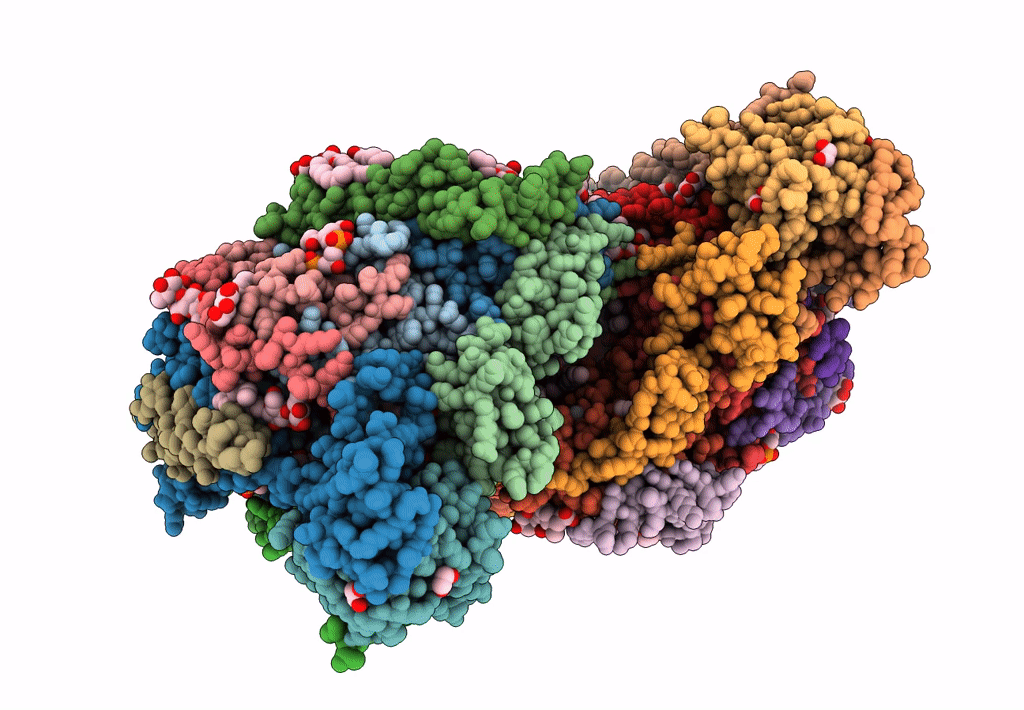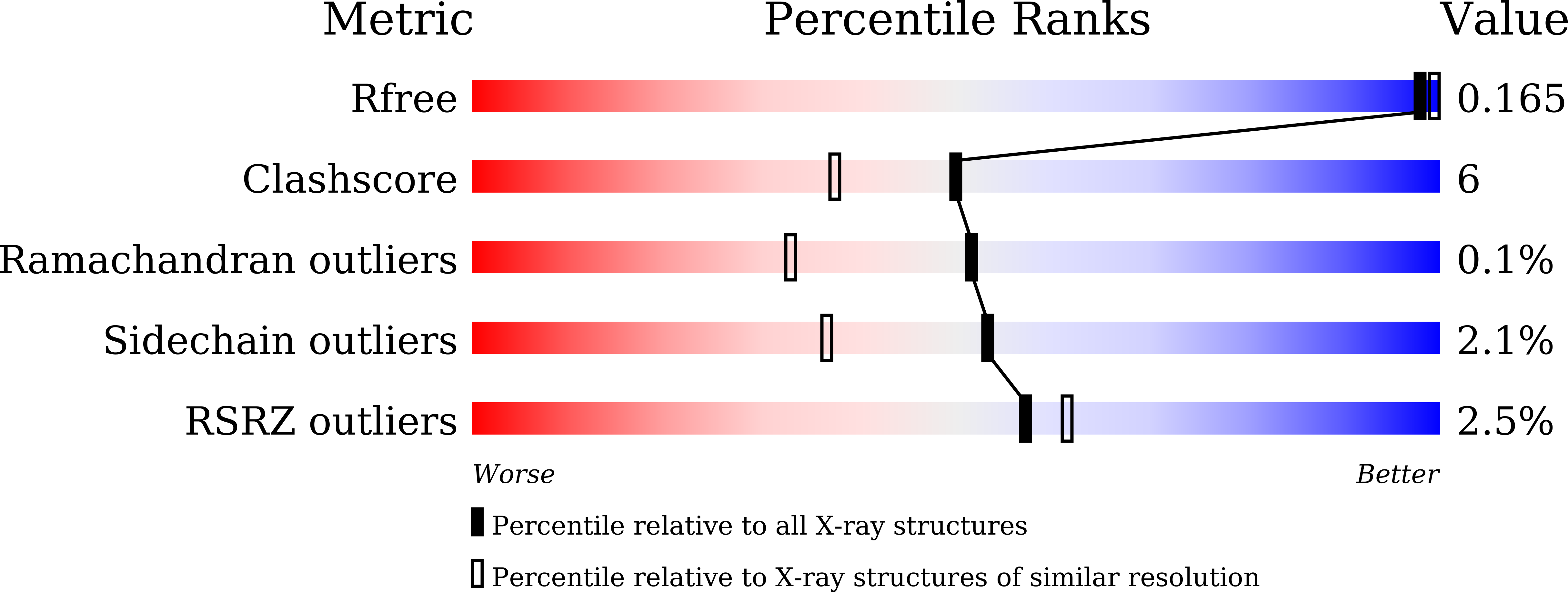
Deposition Date
2022-10-24
Release Date
2023-02-08
Last Version Date
2024-11-06
Entry Detail
PDB ID:
8H8R
Keywords:
Title:
Bovine Heart Cytochrome c Oxidase in the Calcium-bound Fully Oxidized State
Biological Source:
Source Organism:
Bos taurus (Taxon ID: 9913)
Host Organism:
Method Details:
Experimental Method:
Resolution:
1.70 Å
R-Value Free:
0.15
R-Value Work:
0.12
R-Value Observed:
0.12
Space Group:
P 21 21 21


